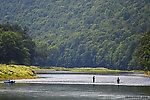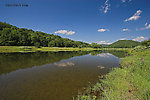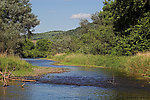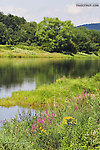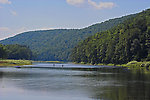Blog & Latest Updates
Fly Fishing Articles
Insects by Common Name


Latest updates, page 88
Updates from September 7, 2005
Closeup insects by Bnewell from the Flathead River in Montana
Nectopsyche (White Millers) Caddisfly Adult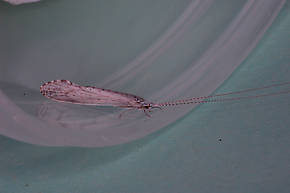 View 1 PicturesThis is Nectopsyche lahontensis.
View 1 PicturesThis is Nectopsyche lahontensis.
 View 1 PicturesThis is Nectopsyche lahontensis.
View 1 PicturesThis is Nectopsyche lahontensis.Collected September 7, 2005 from the Flathead River-lower in Montana
Added to Troutnut.com by Bnewell on June 30, 2011
Added to Troutnut.com by Bnewell on June 30, 2011
Oecetis (Long Horn Sedges) Caddisfly Nymph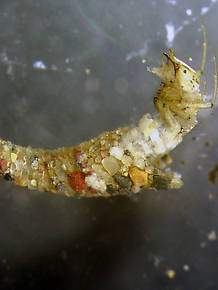 View 1 Pictures
View 1 Pictures
 View 1 Pictures
View 1 PicturesCollected September 7, 2005 from the Flathead River-lower in Montana
Added to Troutnut.com by Bnewell on June 30, 2011
Added to Troutnut.com by Bnewell on June 30, 2011
Updates from September 2, 2005
Photos by Troutnut from the Delaware River, the West Branch of the Delaware River, and the Beaverkill River in New York
On-stream insect photos by Troutnut from the West Branch of the Delaware River in New York
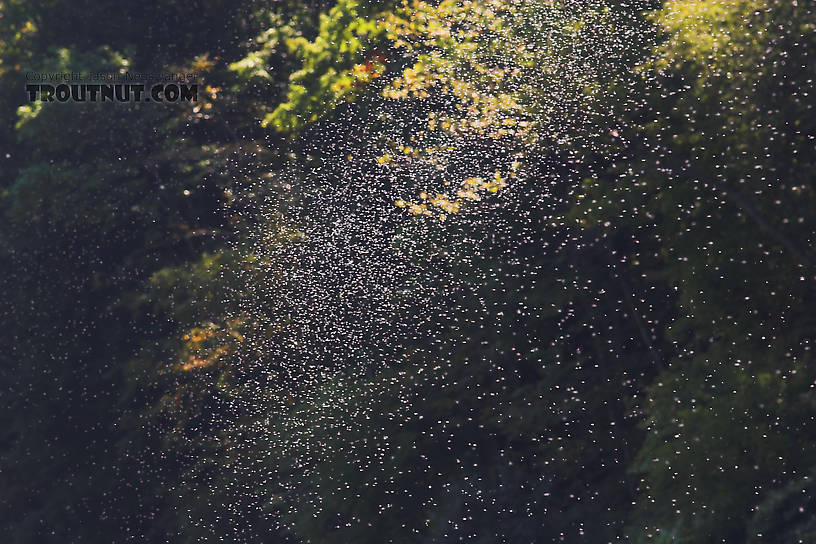
A thick mating swarm of Tricorythodes mayfly spinners hovers the West Branch of the Delaware near Hale Eddy one early fall morning. View the picture full-size and you'll be able to make out the wings and tails on most of those little white dots.
This was one of many such clouds visible all up and down the river. The mayflies were impressive, but the trout did not hold up their end of the bargain -- there was not a rise in sight.
This was one of many such clouds visible all up and down the river. The mayflies were impressive, but the trout did not hold up their end of the bargain -- there was not a rise in sight.
Updates from August 28, 2005
Closeup insects by Troutnut from Fall Creek in New York
Argia Damselfly Nymph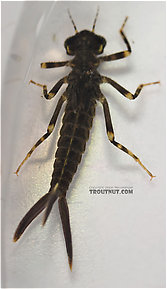 View 3 PicturesMy friend Willy captured this early instar (Instar: Many invertebrates molt through dozens of progressively larger and better-developed stages as they grow. Each of these stages is known as an instar. Hard-bodied nymphs typically molt through more instars than soft-bodied larvae.) damselfly nymph and brought it to me for identification. It is more robust and stocky at this early stage than the spindly appearance of the later instars (Instar: Many invertebrates molt through dozens of progressively larger and better-developed stages as they grow. Each of these stages is known as an instar. Hard-bodied nymphs typically molt through more instars than soft-bodied larvae.), and its appearance is less familiar.
View 3 PicturesMy friend Willy captured this early instar (Instar: Many invertebrates molt through dozens of progressively larger and better-developed stages as they grow. Each of these stages is known as an instar. Hard-bodied nymphs typically molt through more instars than soft-bodied larvae.) damselfly nymph and brought it to me for identification. It is more robust and stocky at this early stage than the spindly appearance of the later instars (Instar: Many invertebrates molt through dozens of progressively larger and better-developed stages as they grow. Each of these stages is known as an instar. Hard-bodied nymphs typically molt through more instars than soft-bodied larvae.), and its appearance is less familiar.
 View 3 PicturesMy friend Willy captured this early instar (Instar: Many invertebrates molt through dozens of progressively larger and better-developed stages as they grow. Each of these stages is known as an instar. Hard-bodied nymphs typically molt through more instars than soft-bodied larvae.) damselfly nymph and brought it to me for identification. It is more robust and stocky at this early stage than the spindly appearance of the later instars (Instar: Many invertebrates molt through dozens of progressively larger and better-developed stages as they grow. Each of these stages is known as an instar. Hard-bodied nymphs typically molt through more instars than soft-bodied larvae.), and its appearance is less familiar.
View 3 PicturesMy friend Willy captured this early instar (Instar: Many invertebrates molt through dozens of progressively larger and better-developed stages as they grow. Each of these stages is known as an instar. Hard-bodied nymphs typically molt through more instars than soft-bodied larvae.) damselfly nymph and brought it to me for identification. It is more robust and stocky at this early stage than the spindly appearance of the later instars (Instar: Many invertebrates molt through dozens of progressively larger and better-developed stages as they grow. Each of these stages is known as an instar. Hard-bodied nymphs typically molt through more instars than soft-bodied larvae.), and its appearance is less familiar.Collected August 28, 2005 from Fall Creek in New York
Added to Troutnut.com by Troutnut on April 14, 2006
Added to Troutnut.com by Troutnut on April 14, 2006
Updates from August 27, 2005
Photos by Troutnut from the Beaverkill River in New York
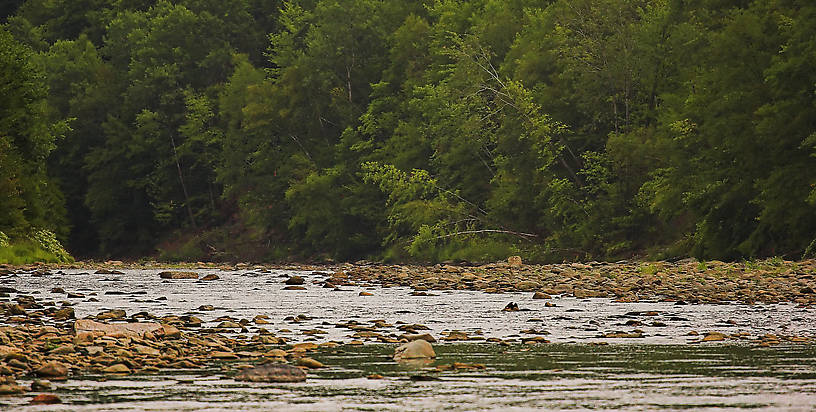
This mighty trout stream was reduced to a trickle during the terrible drought this August. It ran crystal-clear and even though I could sight-fish to the trout they were beyond my skill to catch. I did well to briefly hook just one nice fish.
StateNew York
LocationBeaverkill River
Date TakenAug 27, 2005
Date AddedFeb 8, 2006
AuthorTroutnut
CameraCanon EOS 20D
Updates from August 26, 2005
Closeup insects by Bnewell from the St. Regis River in Montana
Timpanoga hecuba (Great Red Quill) Mayfly Nymph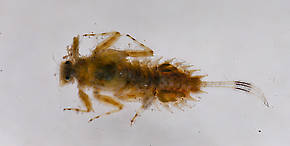 View 2 Pictures
View 2 Pictures
 View 2 Pictures
View 2 PicturesCollected August 26, 2005 from the St. Regis River in Montana
Added to Troutnut.com by Bnewell on June 28, 2011
Added to Troutnut.com by Bnewell on June 28, 2011
Top 10 Fly Hatches
Top Gift Shop Designs
Eat mayflies.
Top Insect Specimens
Miscellaneous Sites
Troutnut.com is copyright © 2004-2024 Jason
Neuswanger (email Jason). See my FAQ for information about use of my images.
 privacy policy
privacy policy

